
In zoological classification, peacocks belong to the class Aves, order Galliformes, family Phasianidae, and genus Pavo. Currently, there are only two species of peacocks that have been named. Among them, the green peacock (Pavo muticus), also known as the Java peacock, has three subspecies, namely t...

The scientific name of the white peacock is Pavo cristatus. It generally refers to a variant of the wild blue peacock bred under artificial breeding. It is rare and is an extremely precious ornamental bird. However, after artificial domestication, it has reached a state of self-sustaining population...
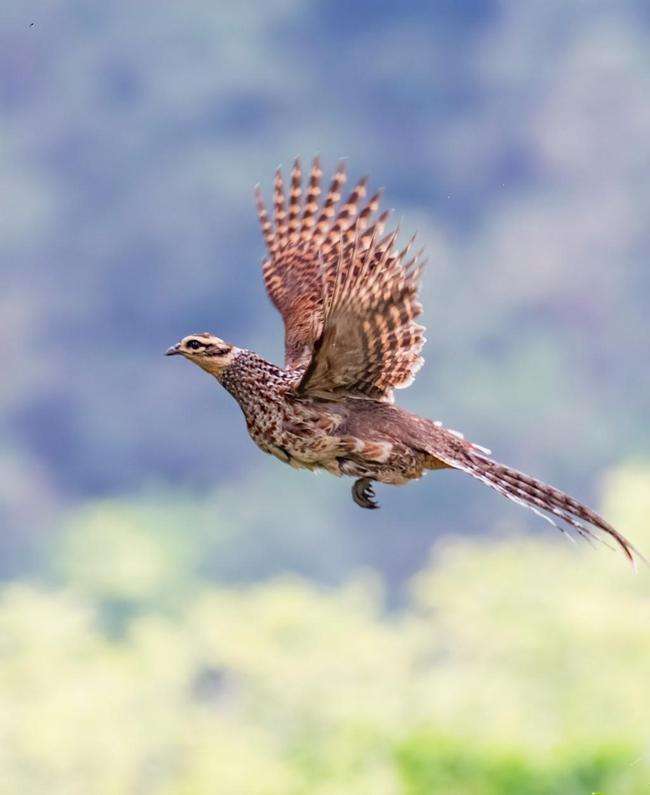
The white-crowned long-tailed pheasant is also known as Reeves's Pheasant. It has no subspecies and is a beneficial bird in the forest.The white-crowned long-tailed pheasant mainly feeds on plant fruits, seeds, young shoots, tender leaves, flowers, tubers, roots, and seedlings and grains of crop...
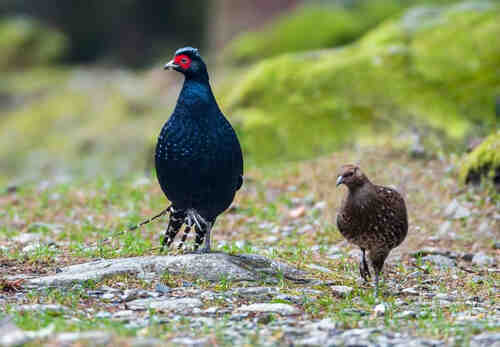
The black long-tailed pheasant is called Mikado Pheasant in English. It has no subspecies and is a large chicken.The black-tailed pheasant is active in places where the surface plants and fallen leaves on the forest road are covered, and it also walks on steep cliffs. It is mostly active alone and d...
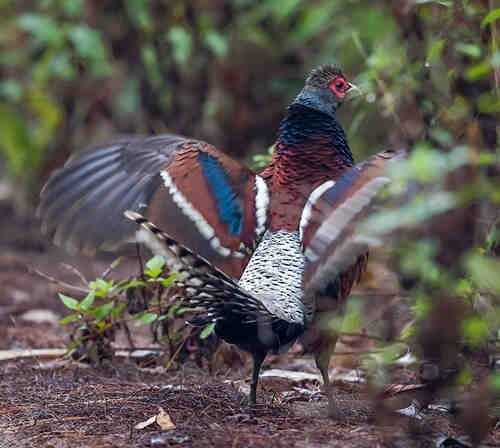
Mrs. Hume’s Pheasant, also known as Mrs. Hume’s Pheasant, has two subspecies.Mrs. Hume’s Pheasant is a resident bird. It often wanders in pairs or small groups to forage. Usually they come down from the trees after daybreak and stay active until dusk. They rest in the open space or bushes in the...
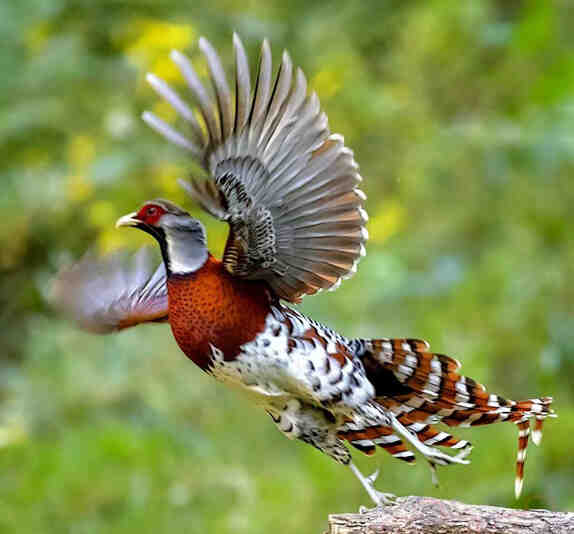
Elliot's Pheasant, also known as the White-necked Pheasant, has no subspecies and is a large chicken.Elliot's Pheasant is a resident bird. It likes to gather in groups, often in small groups of 3-8. They often move in and out of rugged mountains and valleys with dense forests and complex ter...

Blue Eared-pheasant, no subspecies.Blue pheasants like to live in groups of 10-30. They usually start to move at dawn and go to the middle of the woods to forage for food, mainly plant-based food. They eat and call one after another. When calling, they hold their heads high and stretch their necks,...
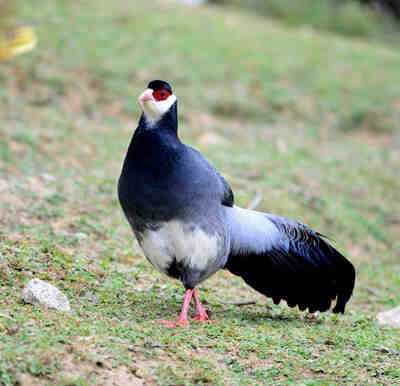
Tibetan Eared-pheasant, no subspecies.There are two kinds of pheasants in Tibet, China: one is covered with snow-white feathers, with a ball of black fluffy feathers on the top of the head, and the tip of the tail gradually turns from white to gray, and then becomes a thick copper color, with a dark...
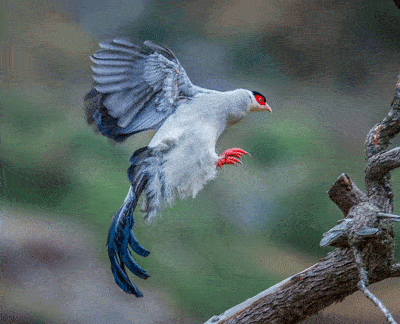
White Eared-pheasant is divided into four subspecies. The Changdu subspecies is the real white eared pheasant. Except for the black top of the head and the green-blue end of the tail feathers, the feathers of the whole body are almost all snow-white. The Yushu subspecies has gray feathers of varying...
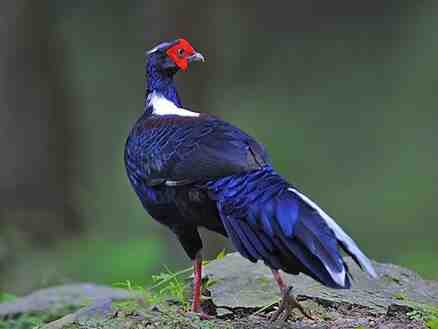
Taiwan Blue Pheasant, with no subspecies, is a large pheasant.The blue pheasant is the same as the white pheasant. The local people in Taiwan, China often use the white tail feathers of the male blue pheasant as a hat ornament; live blue pheasants can also be exhibited (the first pair of live blue p...
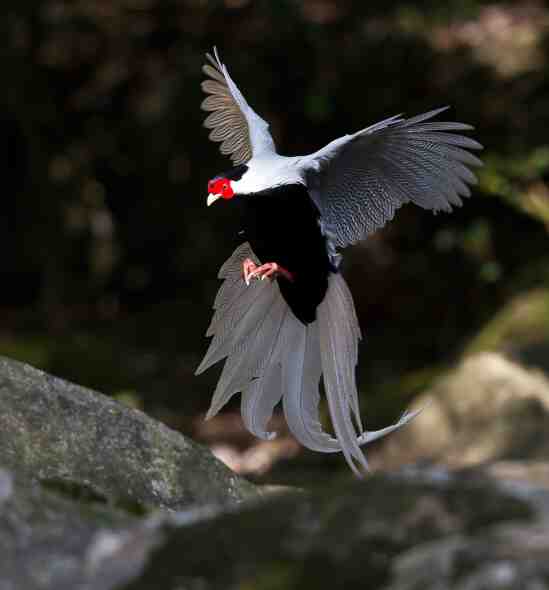
Silver pheasant, also known as silver pheasant, has 17 subspecies and is a large chicken of the genus Pheasant of the family Phasianidae.Silver pheasant has gorgeous feathers and white body color. Because of its hoarse cry, it is called "dumb luck"; it has been a precious ornamental bird i...
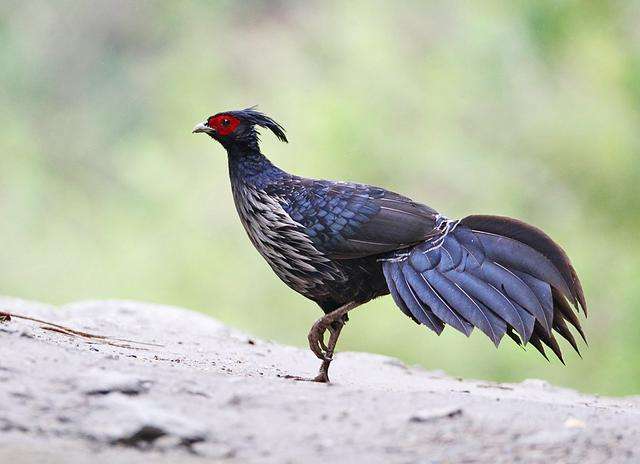
The black pheasant is called Kalij Pheasant in foreign language, and it is divided into 9 subspecies. There are 2 subspecies in China. The nominate subspecies is distributed in Nyalam, Jilong, Yadong and other places in southern Tibet; the southern Tibetan subspecies is distributed in Medog, Zayu, B...
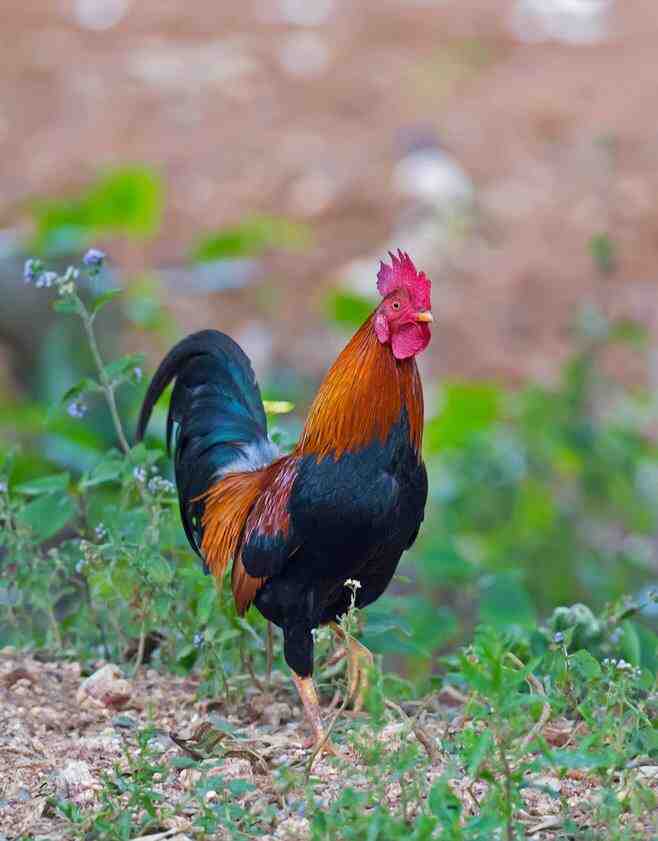
Red Junglefowl, also known as "junglefowl", has 5 subspecies and is a tropical forest bird.Except during the breeding season, red junglefowl often live in groups, mostly in small groups of 3-5 or 6-7, and sometimes in large groups of 10-20. They are alert and timid. When they see people or...
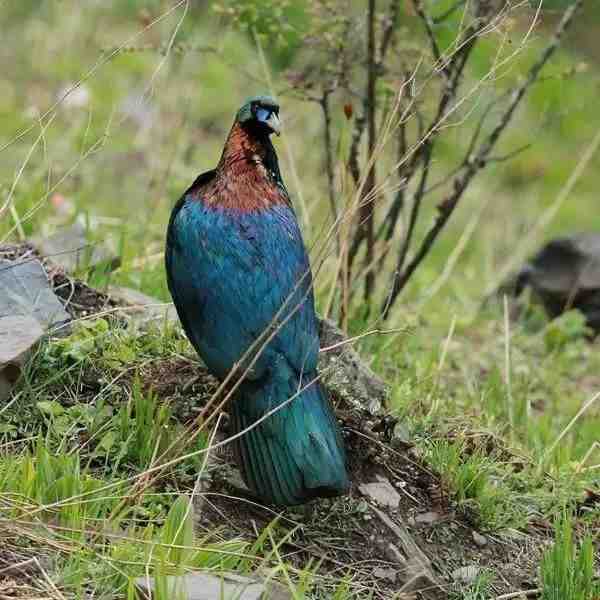
The Chinese Monal is a diurnal animal, often moving in pairs or small groups, and sometimes in larger groups of 8-9 to more than 10 in winter.The Chinese Monal is a diurnal animal, often moving in pairs or small groups, and sometimes in larger groups of 8-9 to more than 10 in winter. Active during t...
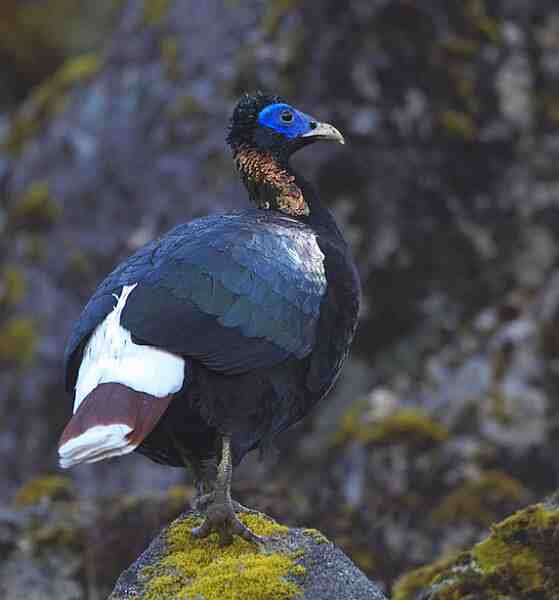
The white-tailed pheasant is called Sclater's Monal in English. It has three subspecies and is a large chicken.White-tailed pheasants mostly move alone. In the winter in Gaoligong Mountain, Yunnan, a group of 9 was seen living together. The time period and altitude of male bird activities have c...
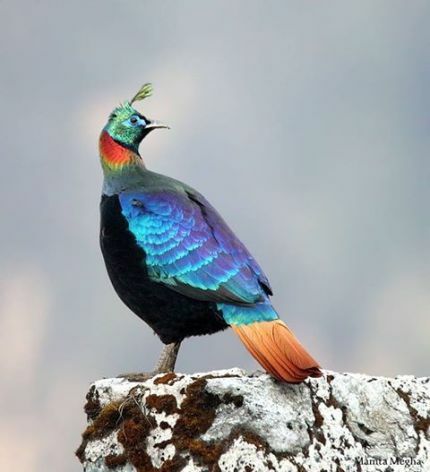
The foreign name of the brown-tailed rainbow pheasant is Himalayan Monal, and there is no subspecies.The brown-tailed rainbow pheasant often moves in groups, and sometimes forms a large group of 20-30 in winter. The natural conditions there are very harsh. The whole summer is almost always spent in...

The Koklass Pheasant has 10 subspecies.Male and female spoonbills move alone or in pairs. They are alert and rarely form groups. They also spend the night in pairs on tree branches. The male likes to call in the early morning and evening. Its hoarse voice is like that of a drake, so it is called &qu...

The foreign name of the yellow-bellied tragopan is Cabot's Tragopan, and there are 2 subspecies.The yellow-bellied tragopan is good at hiding and running. It often moves in dense undergrowth and grass under the forest. It generally does not take off unless it has to. They often move in small gro...

The foreign name of the red-bellied tragopan is Temminck's tragopan, and there is no subspecies.The red-bellied tragopan likes to act alone, but occasionally forms small groups in winter. It mainly feeds on the tender shoots, leaves, green leaves, flowers, fruits and seeds of trees, shrubs, bamb...